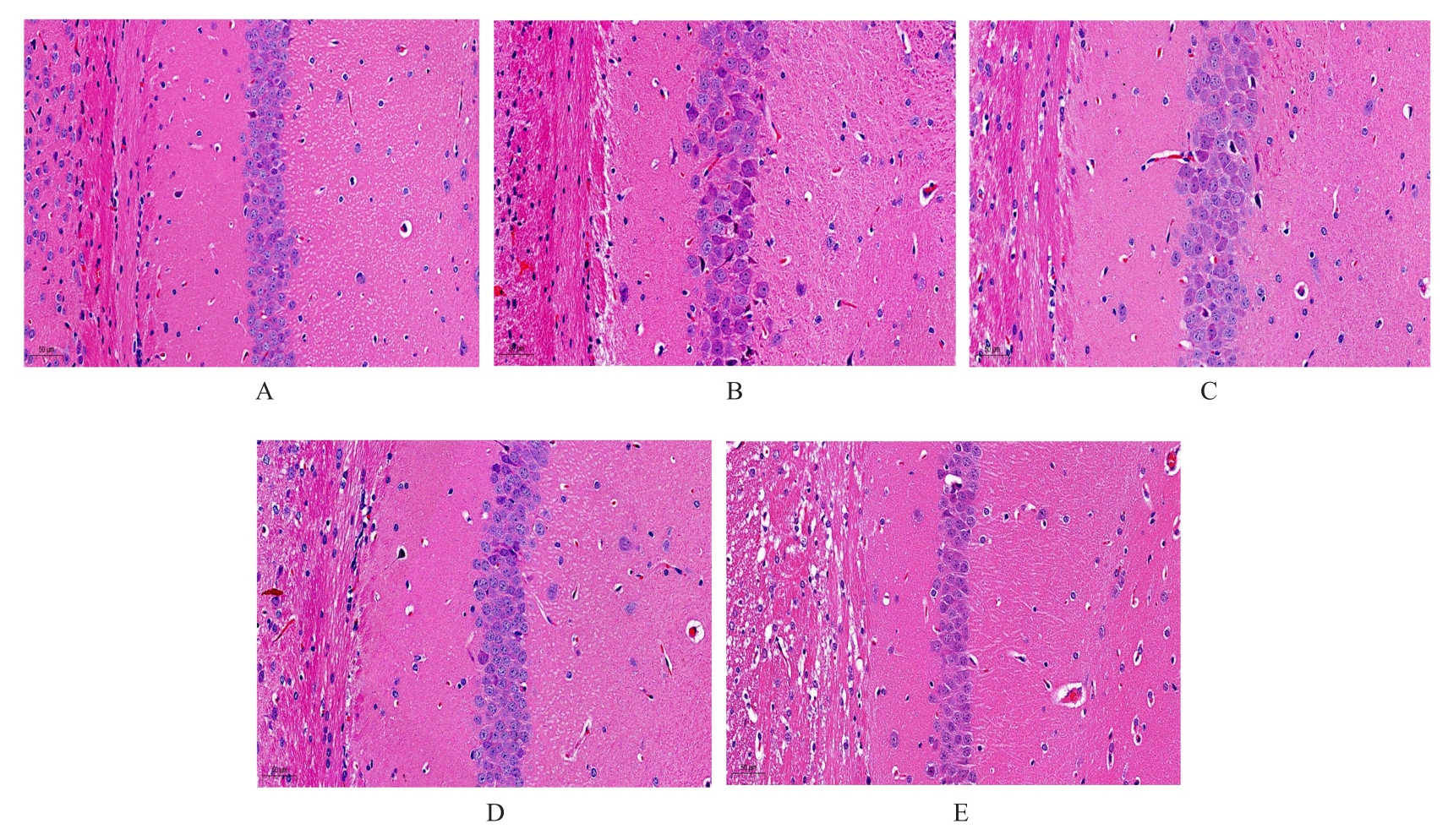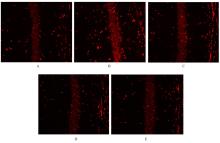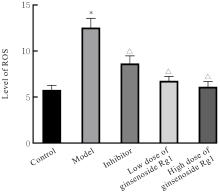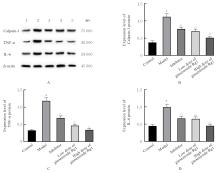| 1 |
LUO B Y, LI Y W, ZHU M M, et al. Intermittent hypoxia and atherosclerosis: from molecular mechanisms to the therapeutic treatment[J]. Oxid Med Cell Longev, 2022, 2022: 1438470.
|
| 2 |
SHE N N, SHI Y W, FENG Y N, et al. NLRP3 inflammasome regulates astrocyte transformation in brain injury induced by chronic intermittent hypoxia[J]. BMC Neurosci, 2022, 23(1): 70.
|
| 3 |
FENG X M, VALDEARCOS M, UCHIDA Y, et al. Microglia mediate postoperative hippocampal inflammation and cognitive decline in mice[J]. JCI Insight, 2017, 2(7): e91229.
|
| 4 |
MEI M, TANG F T, LU M L, et al. Astragaloside Ⅳ attenuates apoptosis of hypertrophic cardiomyocyte through inhibiting oxidative stress and calpain-1 activation[J]. Environ Toxicol Pharmacol, 2015, 40(3): 764-773.
|
| 5 |
DWIVEDI D K, KUMAR D, KWATRA M, et al. Voluntary alcohol consumption exacerbated high fat diet-induced cognitive deficits by NF-κB-calpain dependent apoptotic cell death in rat hippocampus: Ameliorative effect of melatonin[J]. Biomedecine Pharmacother, 2018, 108: 1393-1403.
|
| 6 |
MENG Y, YU S X, ZHAO F, et al. Astragaloside Ⅳalleviates brain injury induced by hypoxia via the calpain-1 signaling pathway[J]. Neural Plast, 2022, 2022: 6509981.
|
| 7 |
杨远园, 肖叶青, 袁 雪, 等. 人参皂苷Rg1通过calpain-1通路减轻肥大心肌细胞凋亡[J]. 中药药理与临床, 2017, 33(4): 17-20.
|
| 8 |
GAO Y, CHU S F, SHAO Q H, et al. Antioxidant activities of ginsenoside Rg1 against cisplatin-induced hepatic injury through Nrf2 signaling pathway in mice[J]. Free Radic Res, 2017, 51(1): 1-13.
|
| 9 |
XU T Z, SHEN X Y, SUN L L, et al. Ginsenoside Rg1 protects against H2O2-induced neuronal damage due to inhibition of the NLRP1 inflammasome signalling pathway in hippocampal neurons in vitro [J]. Int J Mol Med, 2019, 43(2): 717-726.
|
| 10 |
李光才. 慢性间歇性缺氧诱导大鼠心脑损伤的机制及药物干预的研究[D]. 武汉: 华中科技大学, 2018.
|
| 11 |
王 波. 姜黄素在慢性间歇低氧诱导小鼠脑损伤中的作用及机制研究[D]. 沈阳: 中国医科大学, 2019.
|
| 12 |
SNYDER B, SHELL B, CUNNINGHAM J T, et al. Chronic intermittent hypoxia induces oxidative stress and inflammation in brain regions associated with early-stage neurodegeneration[J]. Physiol Rep, 2017, 5(9): e13258.
|
| 13 |
WU X, GONG L J, XIE L, et al. NLRP3 deficiency protects against intermittent hypoxia-induced neuroinflammation and mitochondrial ROS by promoting the PINK1-parkin pathway of mitophagy in a murine model of sleep apnea[J]. Front Immunol, 2021, 12: 628168.
|
| 14 |
LIU F, LIU T W, KANG J. The role of NF-κB-mediated JNK pathway in cognitive impairment in a rat model of sleep apnea[J]. J Thorac Dis, 2018, 10(12): 6921-6931.
|
| 15 |
COIMBRA-COSTA D, ALVA N, DURAN M, et al. Oxidative stress and apoptosis after acute respiratory hypoxia and reoxygenation in rat brain[J]. Redox Biol, 2017, 12: 216-225.
|
| 16 |
ZHAO F, MENG Y, WANG Y, et al. Protective effect of Astragaloside IV on chronic intermittent hypoxia-induced vascular endothelial dysfunction through the calpain-1/SIRT1/AMPK signaling pathway[J]. Front Pharmacol, 2022, 13: 920977.
|
| 17 |
王永伟. Urocortin基于AMPK-PGC-1α通路对慢性缺氧大鼠神经功能改善作用研究[D]. 锦州: 锦州医科大学, 2021.
|
| 18 |
DENG H Y, TIAN X X, SUN H N, et al. Calpain-1 mediates vascular remodelling and fibrosis via HIF-1α in hypoxia-induced pulmonary hypertension[J]. J Cell Mol Med, 2022, 26(10): 2819-2830.
|
| 19 |
BAUDRY M, BI X N. Calpain-1 and calpain-2: the Yin and Yang of synaptic plasticity and neurodegeneration[J]. Trends Neurosci, 2016, 39(4): 235-245.
|
| 20 |
ETEHADI MOGHADAM S, AZAMI TAMEH A, VAHIDINIA Z, et al. Neuroprotective effects of oxytocin hormone after an experimental stroke model and the possible role of calpain-1[J]. J Stroke Cerebrovasc Dis, 2018, 27(3): 724-732.
|
| 21 |
YIN M H, LIU Q Q, YU L, et al. Downregulations of CD36 and calpain-1, inflammation, and atherosclerosis by simvastatin in apolipoprotein E knockout mice[J]. J Vasc Res, 2017, 54(3): 123-130.
|
| 22 |
CHENG H, LIU J, ZHANG D D, et al. Ginsenoside Rg1 alleviates acute ulcerative colitis by modulating gut microbiota and microbial tryptophan metabolism[J]. Front Immunol, 2022, 13: 817600.
|
| 23 |
YANG S J, WANG J J, CHENG P, et al. Ginsenoside Rg1 in neurological diseases: From bench to bedside[J]. Acta Pharmacol Sin, 2023, 44(5): 913-930.
|
 )
)















